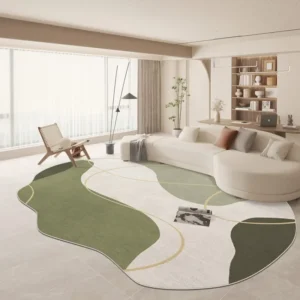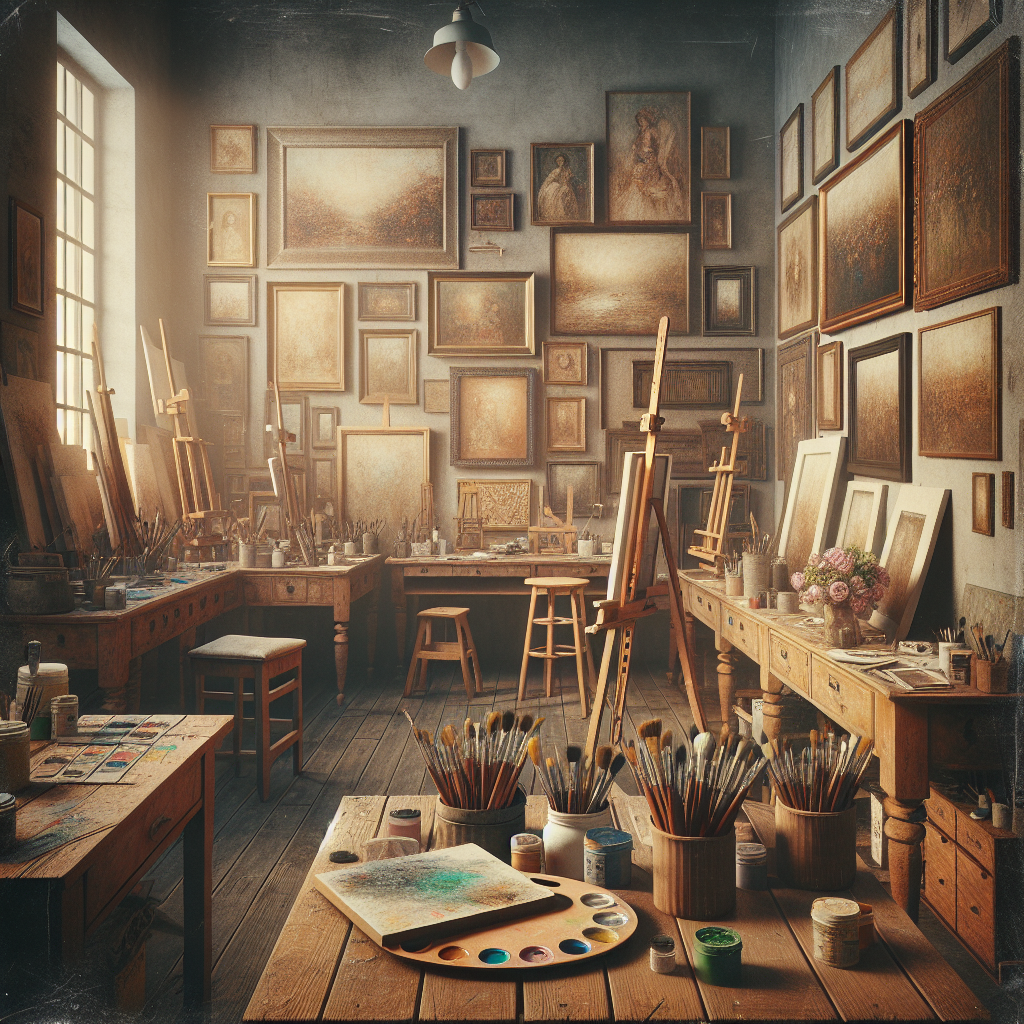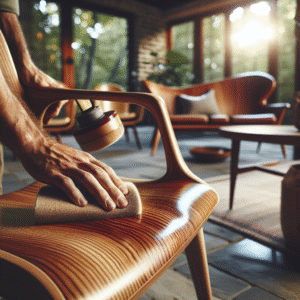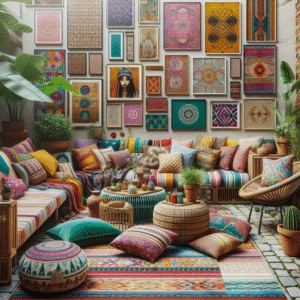Curating Nostalgia: The Art of Preserving Sentimental Memories
Nostalgia holds a special power. It brings back the warmth of cherished memories, the smiles from yesteryears, and the smells of familiar places. However, preserving these sentimental moments can often feel overwhelming. How do we curate nostalgia without drowning in a sea of photos, trinkets, and digital memories? In this article, we’ll explore the art of preserving sentimental memories, offering practical tips and creative techniques to help you ensure that your cherished moments linger instead of fade away.
By the end of this journey, you’ll have a detailed roadmap on how to curate your memories effectively, ensuring that they remain vibrant and accessible. We’ll dive into strategies for organizing physical and digital mementos, explore storytelling techniques for preserving emotions tied to memories, and discuss how to create tangible keepsakes that encapsulate your past.
Understanding Nostalgia: Why It Matters
Nostalgia serves as a bridge to our past, helping us connect, reflect, and often heal. Research shows that nostalgic memories can evoke a plethora of emotions ranging from joy to a bittersweet sense of loss. Understanding these feelings is crucial to effectively preserving our sentimental memories.
The Psychological Impact of Nostalgia
Studies indicate that nostalgia can boost mood, increase feelings of social connectedness, and foster a sense of meaning in life. This emotional powerhouse is an important part of our psychological landscape. It provides comfort and serves as a roadmap to our identity.
Key Components of Nostalgia
- Emotional Resonance: The feelings tied to specific moments.
- Physical Tokens: Items that trigger memories, like photographs or gifts.
- Shared Experiences: Memories that involve family and friends.
Techniques for Organizing Physical Mementos
Physical items can quickly accumulate—old letters, postcards, and trinkets can easily fill drawers and closets. Here are effective techniques to organize these sentimental treasures:
Create a Memory Box
Consider dedicating a box for your most treasured items. A memory box can be a simple yet powerful way to keep your memories organized.
- Choose a size that fits your space.
- Sort items by category: letters, photographs, and small keepsakes.
- Label everything to easily find your memories later.
Use Scrapbooking Techniques
Scrapbooking provides an artistic outlet for curating memories. Combine photographs, notes, and artifacts creatively.
Tip: Use acid-free materials to ensure longevity.
Digital Memory Curation
In our digital age, memories often exist online or as digital files. Here’s how to curate those digital mementos:
Organize Digital Photos
Regularly backup your photos and consider using cloud storage services like Google Photos or Dropbox for easy access and organization.
- Create albums based on events, years, or themes.
- Tag images with keywords to enhance searchability.
Share Your Memories
Platforms like Instagram or personal blogs are excellent for sharing stories tied to your memories while engaging with family and friends.
The Art of Storytelling in Memory Preservation
Memories are more than just photos or items; they often come with rich stories. Here’s how to preserve those tales:
Writing a Memory Journal
Keeping a journal can help you articulate the emotions tied to your memories. Write down your recollections, capturing the details and feelings associated with them.
Conduct Interviews with Family Members
Engage family members in conversation to recount shared experiences. Recording these discussions not only preserves the stories but also builds connections among family generations.
Creating Tangible Keepsakes
Transforming experiences into tangible keepsakes helps solidify those memories. Here are a few creative ideas:
Design Custom Photo Books
Services like Shutterfly or Mixbook allow you to create beautiful photo books that tell the story of particular events.
Memory Quilts
Consider making or commissioning a quilt from old t-shirts or fabric that holds sentimental value. Each piece can represent a story or memory.
Before You Begin: Practical Tips for Curating Nostalgia
Set Realistic Goals
Don’t overwhelm yourself with the task of curating all at once. Set a timeline based on the type of memories you’re preserving.
Be Selective
You don’t need to save everything. Focus on items that truly evoke fond memories, helping avoid clutter.
Involve Family and Friends
Involving others can make the process more enjoyable and meaningful. Sharing stories can lead to deeper connections and uncover forgotten memories.
FAQ
What are the best ways to start curating memories?
Begin by selecting items that evoke strong emotions. Organize them into categories and consider creating a memory box.
How do I preserve digital memories effectively?
Use cloud storage and organize your digital photos into albums by themes or events. Regularly back up your files.
Can storytelling enhance memory preservation?
Yes! Writing a journal or recording family stories can add depth to your memories, making them richer and more enduring.
What makes a good memory keepsake?
A good keepsake is something that evokes a specific memory and emotion, like a photo book or a custom quilt.
Conclusion & Next Steps
The art of curating nostalgia is about intentionality and mindfulness. By understanding the significance of your memories and employing effective organizing strategies, you can create an enduring legacy that enhances your life. Whether through storytelling, creating keepsakes, or simply organizing your space, each step you take toward preserving your sentimental memories is a step toward enriching your life experience. Start small, involve your loved ones, and enjoy the journey of remembering.
Related Articles: Organizing Memories: Techniques and Tools, How to Create Stunning Photo Books
Content Disclaimer
This content is for educational purposes only. The information is provided without any guarantees of accuracy or completeness.
Categories
- Accent Walls & Ceilings (33)
- Art Curation & Gallery (48)
- Bedding Style Trends (46)
- Bedroom Makeover (53)
- Bohemian & Eclectic Styles (33)
- DIY & Budget-Friendly Decor (32)
- Eco-Friendly Design (32)
- Furniture Care (54)
- Home Decor & Design Ideas (115)
- Home Wellness Spaces (32)
- Integrated Outdoor Living (32)
- Kids and Nursery Decor (33)
- Living Room Decor (53)
- Minimalist & Japandi Style (35)
- Mix & Match Techniques (51)
- Modern & Contemporary Design (32)
- Rug Sizing & Placement (52)
- Seasonal Home Decor (55)
- Small Space Solutions (37)
- Wall Art & Painting Tips (55)
Recent Comments
Archives
Product Gallery
-
 Large Area Green Rugs for Bedroom Nordic Living Room Decoration Shaped Carpet Irregular Plush Lounge Rug Home Thick Washable Mat
Rated 5.00 out of 5$57.14 – $360.30Price range: $57.14 through $360.30
Large Area Green Rugs for Bedroom Nordic Living Room Decoration Shaped Carpet Irregular Plush Lounge Rug Home Thick Washable Mat
Rated 5.00 out of 5$57.14 – $360.30Price range: $57.14 through $360.30 -
 Nordic Style Rugs for Bedroom Morandi Living Room Decoration Carpet Large Area Geometry Lounge Rug Home Cloakroom Non-slip Mat
Rated 5.00 out of 5$41.04 – $621.62Price range: $41.04 through $621.62
Nordic Style Rugs for Bedroom Morandi Living Room Decoration Carpet Large Area Geometry Lounge Rug Home Cloakroom Non-slip Mat
Rated 5.00 out of 5$41.04 – $621.62Price range: $41.04 through $621.62 -
 Irregular Shapes Living Room Decoration Carpet Modern Style Rugs for Bedroom Home Thicken Plush Rug Fluffy Soft Lounge Floor Mat
Rated 4.75 out of 5$58.08 – $361.30Price range: $58.08 through $361.30
Irregular Shapes Living Room Decoration Carpet Modern Style Rugs for Bedroom Home Thicken Plush Rug Fluffy Soft Lounge Floor Mat
Rated 4.75 out of 5$58.08 – $361.30Price range: $58.08 through $361.30





